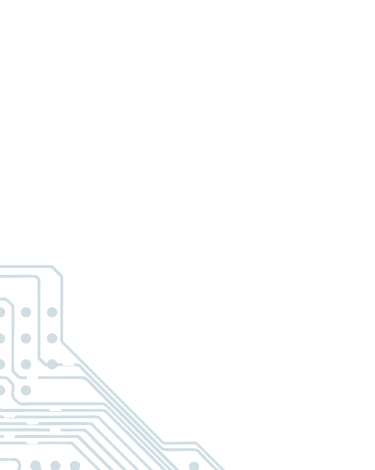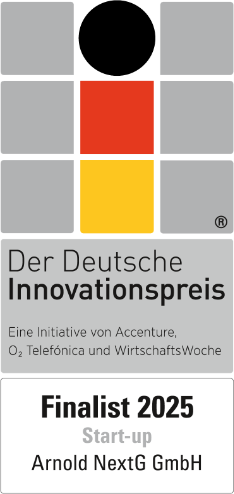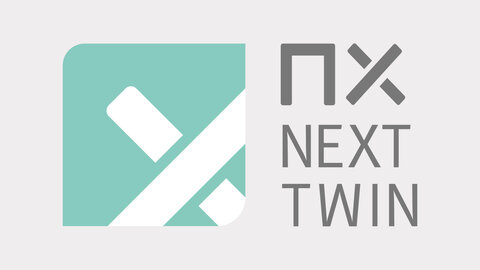
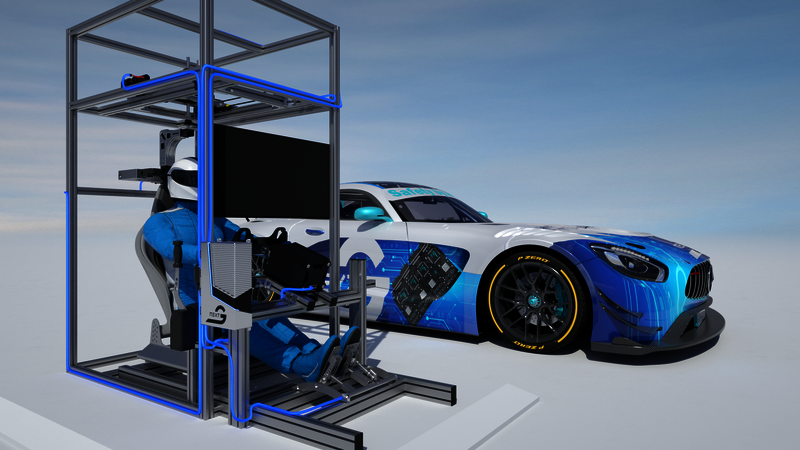
NX NextTwin
NX NextTwin takes the development of autonomous systems to a new level. By integrating NX NextMotion into simulation environments, it creates a multi-redundant, secure interface – identical to the one used in real vehicles.
Autonomous systems (AD stacks) can be tested under realistic conditions without moving a vehicle. Insights gained from the simulation seamlessly transfer to real-world applications, enabling the safe operation of vehicles equipped with advanced autonomous systems on public roads.
NX NextTwin – Virtual Testing, Real Progress.
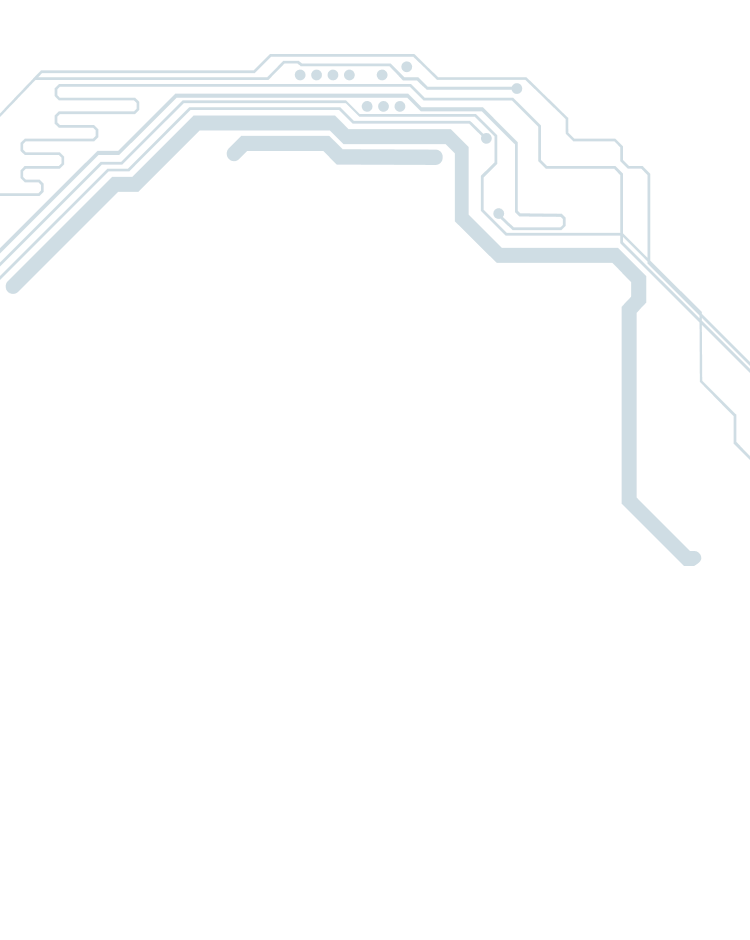

Advantages of NX NextTwin – Accelerating Development
Development Interface for Steer-by-Wire
NX NextTwin provides a powerful and integrated interface for the development and optimization of modern Steer-by-Wire functions. With seamless integration and an intuitive interface, it empowers developers to design innovative control systems with precision and efficiency.
Comprehensive Testing from Simulation to the Road
NX NextTwin streamlines the entire development and testing process by connecting virtual and real environments. The process starts with Software-in-the-Loop (SIL) testing, where the software is tested and optimized in a fully simulated environment. Next is Hardware-in-the-Loop (HIL) testing, where real hardware components are incorporated to evaluate system performance under near-real-world conditions. Finally, the ultimate validation occurs in real vehicles on the road.
This iterative approach minimizes risks, shortens development cycles, and maximizes system reliability. NX NextTwin establishes the perfect foundation to bridge the gap between digital twins and real vehicle technology.
NX NextTwin – Developed, Tested, and Ready for the Road.

NX NextTwin – Bridging Simulation and Reality
Pre-Application on the Digital Twin
NX NextTwin revolutionizes vehicle development: control algorithms and vehicle functions are tested and optimized on a digital twin before physical production. This allows errors to be identified early, algorithms fine-tuned, and safety functions validated in a controlled environment – efficiently and risk-free.
Seamless Integration into Real Vehicles
Applications tested on the digital twin are seamlessly transferred to real vehicles. This minimizes errors, shortens development times, and reduces costs without compromising quality.
Switching from Simulation to Reality
NX NextTwin enables toggling between simulation and real-world modes in vehicles, allowing for road tests under controlled conditions with full regulatory compliance. This ensures that steer-by-wire functions work reliably in real-life scenarios while maintaining the highest safety standards.
Current Challenges and NX NextTwin as a Solution
Modern vehicle development faces significant limitations:
- Unreliable interfaces: The lack of standardization complicates the transition between virtual and real environments.
- Limited testing: Prototyping boxes can only be used on closed tracks, hindering comprehensive validation.
- Residual risk for test drivers: High failure probabilities in test vehicles unnecessarily expose drivers to danger.
NX NextTwin provides a stable, coherent interface solution that seamlessly connects simulation and reality. This approach enhances safety, maximizes efficiency, and bridges the gap between virtual and real-world vehicle development.
NX NextTwin – safely, efficiently, and ready for the road.
Our flexible modular system enables the implementation of any drive, steer or brake-by-wire requirements, right through to revolutionary system-on-chip (SoC) solutions.
